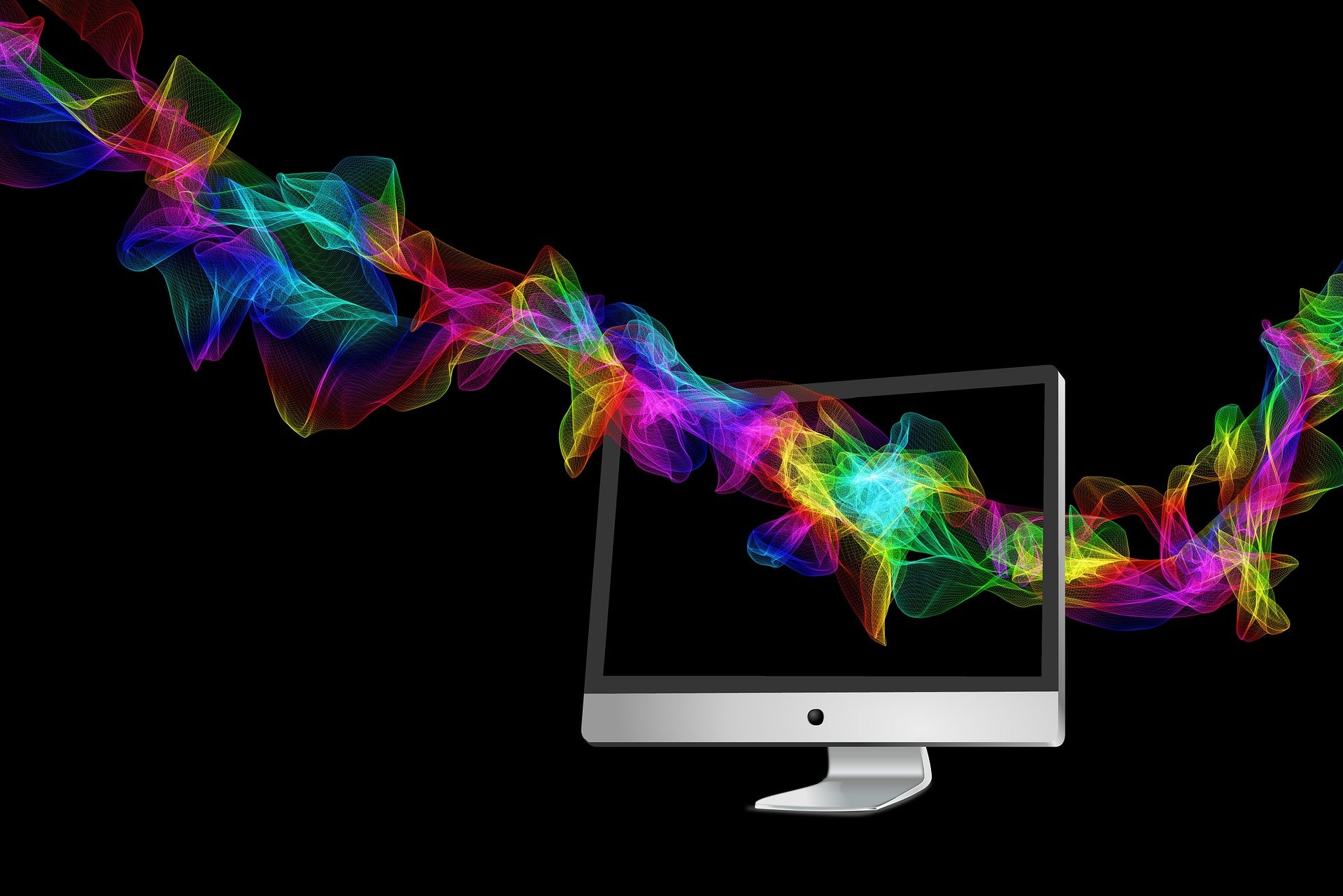If you are looking for anew monitor for your designer work, you should go through this article thoroughly and make sure you understand all of the features of a monitor explained. This will help you to choose the one with the best parameters and not to pay too much for something that actually does not have any importance for the quality of the graphics.
Aspect ratio
Aspect ratio is basically the way a number of pixels is set on the display. Typically they are found like, 16:9 or 21:9 and so on. Generally you will find widescreen monitors have an aspect ratio of 16: 9 which is, 1920 by 1080. A workstation monitor can go something like 21:9 aspect ratio, which is 3440 by 1440. That is insane!
PPI
PPI stands for pixel per inch. This is basically the sum of the resolution and the physical size of your monitor, which determines the PPI you have in your panel. Undoubtedly, the higher the PPI the sharper and better looking picture you will have. But note, the smaller yet high resolution monitor will radically look great than the larger monitor with the same resolution.
The fact that MacBook Pro is visually awe inspiring, PPI plays the role behind this. Such a 15.4 inch screen comes in with 2880 by 1880 resolution, which is freaking 220 pixels per inch. That is mind blowing! Not only does this one but most modern smartphone has higher PPI levels which makes it way more appealing than the typical desktop monitors.
Brightness
Brightness is not how you make the adjustment but what really gives you the ability to adjust the brightness of the monitor. Under the hood, typically a monitor has some sort of LED lighting which provides the light needed for you to see the whole bunch of pixel making up the image. Without this LED panel, you would see just the darker image of whatever you have on the screen. This brightness can be measured, and has a unit of measurement called nits. These LCD panels can ranges from 100 nits to over 1000+ nits. The typical range which monitor manufacturers says quite excellent is 300 nits.
Response rate
This is not what is sounds like to most people, who associate this with how fast the monitor is responding to their click. Not everybody cares about all the nitty-gritty tech stuff. A response rate is how fast or slow the sub-pixel changes its state from one to another. This rate is measured by the milliseconds (ms). So, basically you want to look for something which lower. The lower the better but budget will go up as well.
Manufacturers measure these changes in two ways. One is black-to-white, BTW or grey-to-grey, GTG. BTW is something which measures how long it takes the pixels go from black to white and back again. GTG is how long it takes the pixels to go from grey to another state.
GTG is supposed to be faster than the BTW time. Most modern LCDs, generally, has a response rate advertised 5ms. You will always find the manufacturer advertised the response rate. Some may list one and other may lists both the GTG and BTW time. All of the older generation displays had a higher rate of BTW, where the state was quite noticeable if you had played fast-paced games or watched a movie.
Refresh rate
Refresh rate is how fast and often screen changes from one to another state completely. You consider a metronome to fully grasp the idea of Refresh rate in LCD monitors. For any sort of computer, 60Hz is the finest and been the standard of the industry. For us human, anything that changes as frequently as 24 times in a second are capable of seeing them. This is also the standard for motion pictures we see but not in a series of quick flickering images. If this state is capable of changing two to three times faster, the movement is smooth and undetectable with no lag, which is very important for fast paced moving games of this generation. Hence, on high end monitor you have a refresh rate of 144, 165 and 240 Hz. That makes the whole gaming experience insanely rich!
Also as a side note, if you have a high-end video cards, they can push further than the monitor refresh rate.

